Future-Proofing Multi-Residential Kitchens
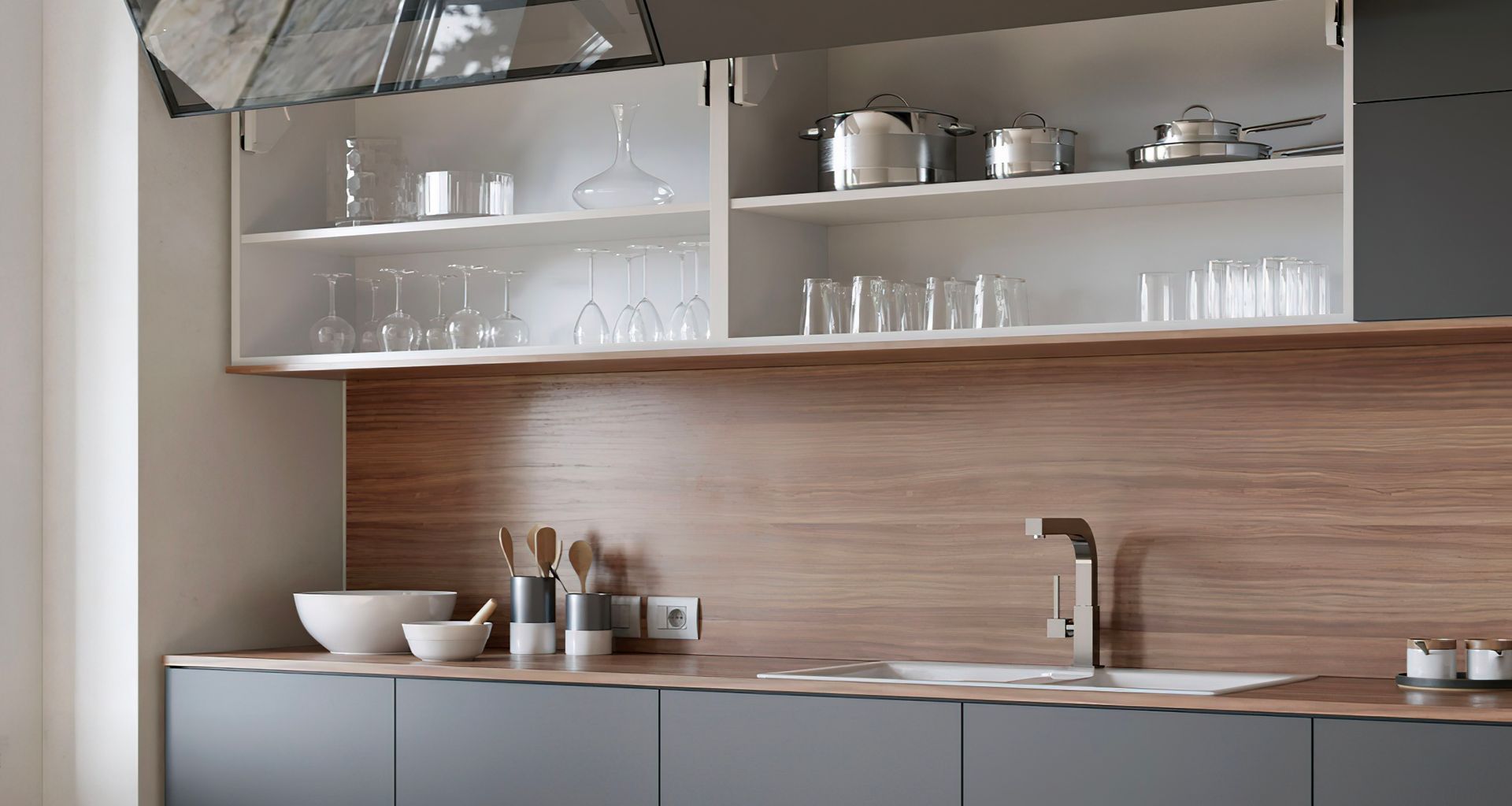
The Federal Government’s target of delivering 1.2 million new homes within five years underscores the scale of demand facing the Australian construction industry. Achieving this will require the rate of apartment commencements to more than double, creating both pressure and opportunity for architects working in multi-residential design. Kitchens, as some of the most used spaces within these developments, represent a critical area where specification decisions directly affect building performance and long-term value.
In multi-residential settings, kitchens are subject to high levels of wear due to frequent use and tenant turnover, which place distinct demands on both durability and serviceability. For architects, this requires consideration that extends beyond initial aesthetics or functionality, recognising the long-term implications of product performance. Material and hardware specification plays a pivotal role in determining lifecycle costs, the ease of ongoing maintenance and the quality of the occupant experience over time.
Surfaces, cabinetry and joinery must be capable of resisting impacts, moisture and continuous use, while remaining compliant with the National Construction Code (NCC) and applicable Australian Standards. Hardware components such as hinges, drawer systems and fittings must reliably withstand repeated cycles, support accessibility requirements and allow for straightforward replacement when required. At the same time, specifications should account for sustainability credentials, local supply chains and whole-of-life outcomes, ensuring that kitchens perform effectively for both current occupants and future owners.
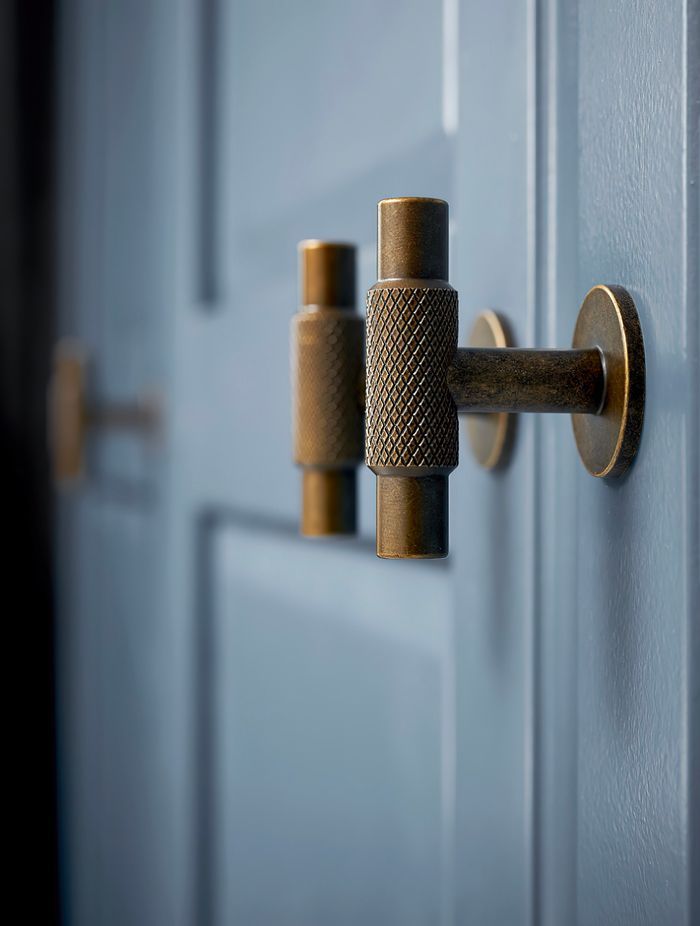
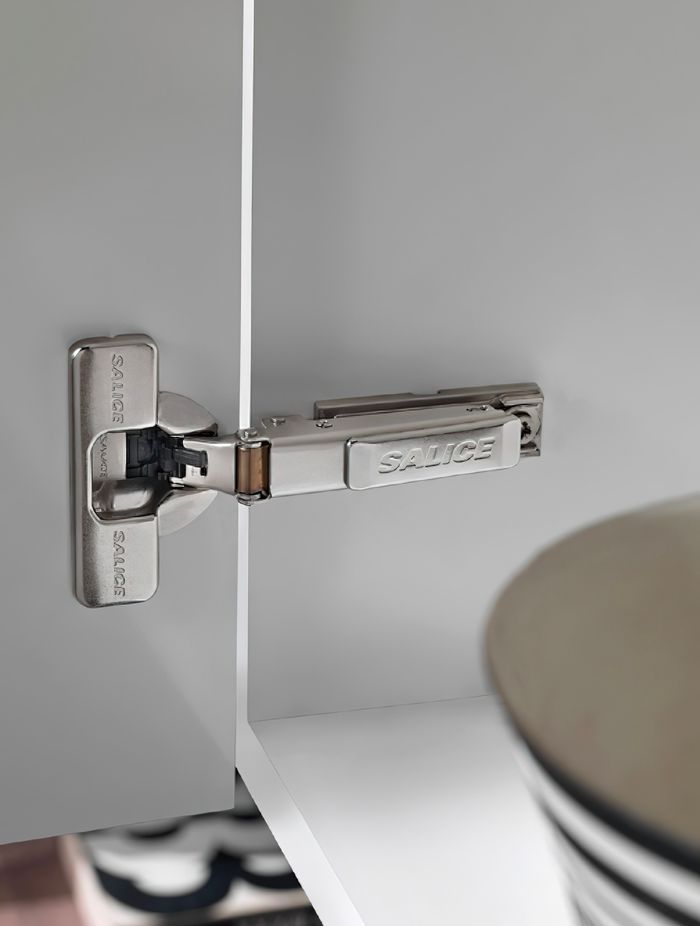
Designing Multi-Residential Spaces
Kitchens in multi-residential developments have performance requirements that differ from those in single dwellings or other building sectors. While not subject to the same regulatory scrutiny as commercial kitchens, they must nevertheless withstand higher frequency of use and meet the functional demands of a wide range of users. For architects and designers, this combination of factors provides a unique design challenge.
High frequency of use
Unlike private dwellings, multi-residential kitchens must be designed for higher usage intensity and variability, with performance tested against the demands of successive tenancy cycles and, in some cases, multiple occupants sharing a space. Cabinetry, benchtops and hardware must be specified with higher resistance to abrasion, moisture and mechanical wear. Products designed for commercial-grade durability can often be more appropriate to ensure longevity.
Tenant turnover and variability
Tenant changes over time create unpredictable patterns of use. This variability accelerates wear and increases the likelihood of misuse. Architects must anticipate these scenarios by selecting materials and hardware tested for resilience under heavy loading and repeated cycles.
Maintenance and repair efficiency
In large-scale developments, maintenance efficiency becomes a critical factor in lifecycle cost. Components should be easily replaceable without the need to dismantle entire assemblies, enabling rapid turnaround between tenancies. Modular joinery systems and hardware with readily available spare parts offer clear advantages, reducing both downtime and ongoing costs for owners and building managers.
Compliance across diverse units
For large-scale developments, specification must maintain uniform compliance and performance across potentially hundreds of apartments. This includes ensuring that materials meet fire hazard, moisture resistance and structural performance requirements set out in the NCC, while also providing consistency in occupant experience.
Cleaning and hygiene demands
Surfaces should be non-porous, sealed and, where possible, incorporate antimicrobial finishes to prevent bacterial growth. Materials such as laminate, stainless steel or solid surfaces are commonly preferred for their ability to withstand frequent cleaning without degradation.
Acoustic considerations
Kitchens in apartments are frequently located adjacent to living or sleeping areas. To minimise disturbance, material and hardware specification should address acoustic performance. Options include soft-close mechanisms for drawers and doors, acoustic underlays beneath flooring and wall linings designed to reduce impact and airborne noise.
Safety and accessibility
Multi-residential developments are often required to incorporate adaptable or accessible units, especially given the growing consumer preference for independent living and a strong desire to "age in place". Hardware and layout should consider AS 1428.1 (Design for Access and Mobility) and the adaptable housing provisions referenced in the NCC. Considerations include appropriate reach ranges, lever-style handles and cabinetry that accommodates wheelchair access without compromising durability.
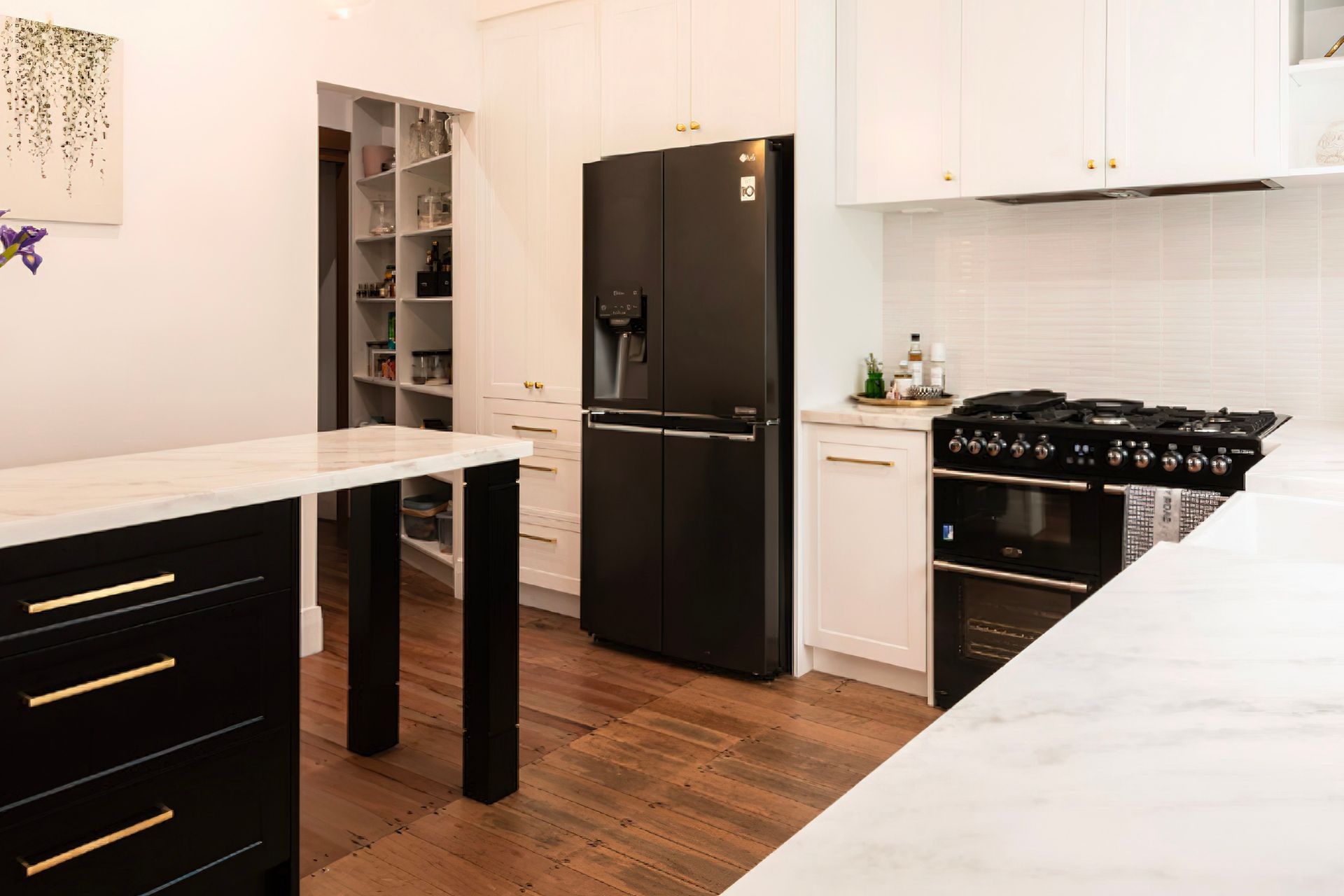
Initial Cost vs. Lifecycle Balance
Adopting a lifecycle cost perspective means evaluating products not only for their initial price but also for durability, serviceability and availability of replacement parts. Benchmarking against accelerated wear testing, cyclic loading tests and supplier maintenance data can provide valuable evidence of long-term performance. Where possible, specification should favour modular systems, standardised component dimensions and brands with established local support networks, as these factors reduce both repair complexity and procurement delays.
In practice, lifecycle-driven specification often aligns with broader asset management objectives. Strata managers and facility operators benefit from kitchens designed with replaceable fronts, durable joinery substrates, moisture-resistant edge detailing and hardware capable of exceeding minimum cycle tests. While higher initial investment may be required, the outcome of lifecycle driven specification is a measurable reduction in maintenance costs, longer refurbishment cycles and enhanced tenant satisfaction. For developers and owners, this translates into stronger rental yields and improved long-term financial performance of the property.
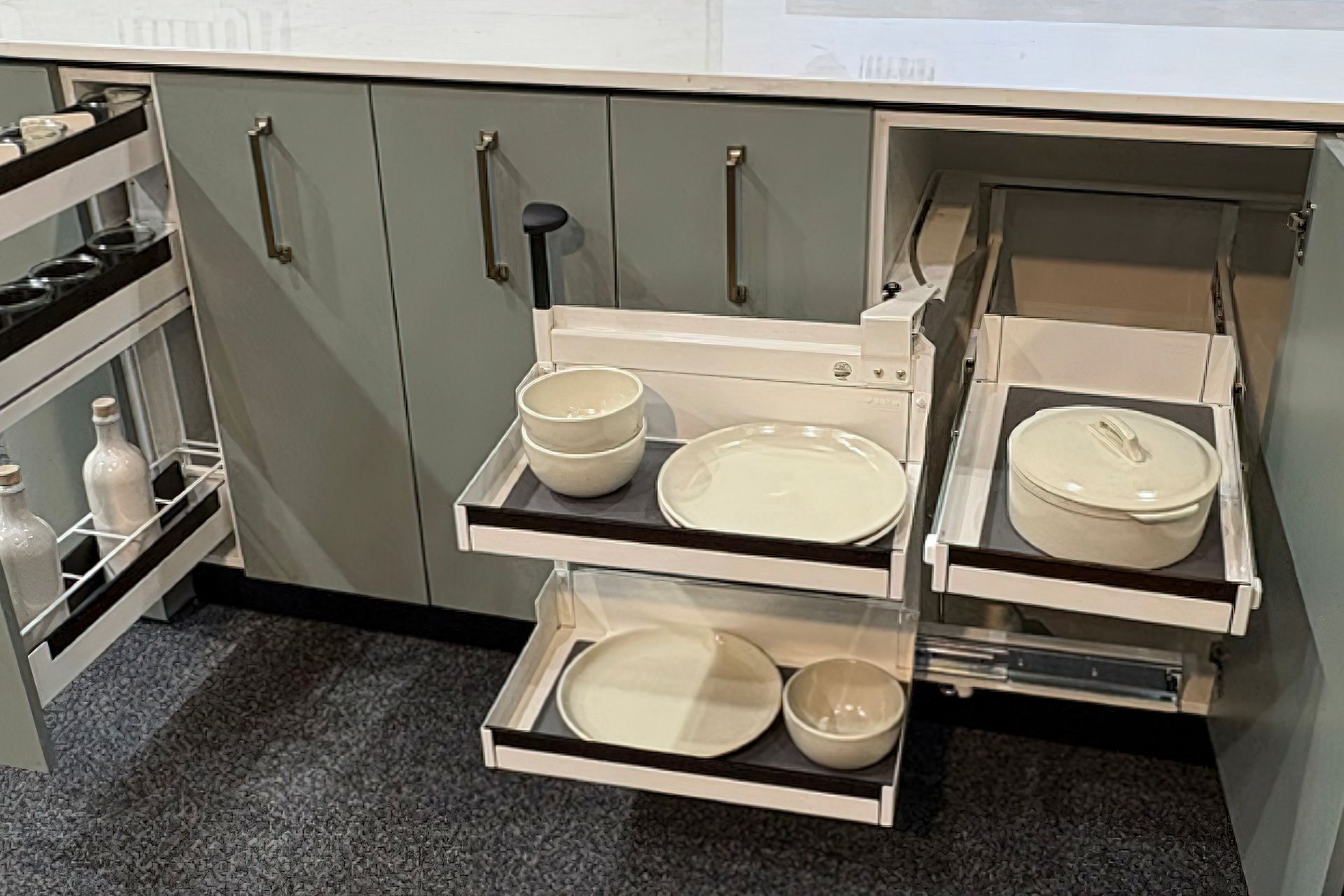
Applying Principles to Practice - Material Selection
Material specification in multi-residential kitchens is central to achieving durability, compliance and lifecycle efficiency. Unlike single-dwelling projects, the scale of multi-residential developments magnifies the impact of product performance; small failures across multiple units can result in significant maintenance liabilities.
Durability and performance Benchtop surfaces in multi-residential kitchens must withstand frequent impact, abrasion and exposure to moisture. Specification should prioritise surfaces with proven resistance to daily wear, robust edge detailing to prevent water ingress and finishes that retain integrity under intensive cleaning and heat exposure. Cabinetry requires dimensional stability and resistance to moisture, particularly around wet zones.
Key considerations include substrate durability, edge protection and structural integrity under repeated loading. Surfaces should also allow for efficient finishing while meeting lifecycle expectations in high-turnover environments.
Flooring must balance durability, slip resistance, acoustic performance and ease of cleaning. In addition to aesthetics, selection should be guided by resistance to staining, ease of cleaning and overall durability. Attention to detailing, particularly in joints and transitions, is essential to minimise long-term maintenance. Materials adjacent to sinks, dishwashers and splash zones should meet relevant water-resistance classifications. Around cooktops and ovens, heat-resistant surfaces or protective finishes are essential to prevent thermal degradation.
Material Guide
Laminate
Applications: Cost-effective benchtop material.
Notes: Performs well when edge sealing is detailed correctly; best suited where lifecycle demands are moderate and budget efficiency is a priority.
Engineered Stone
Applications: High-demand or premium apartments requiring durable, heat-resistant benchtops.
Notes: Provides a premium finish and long refurbishment cycles but subject to regulatory restrictions around crystalline silica during fabrication.
Solid Surface
Applications: Seamless benchtops and integrated sinks in mid-to-high specification apartments.
Notes: Non-porous, hygienic and repairable; offers design flexibility with curved and shaped forms. Suitable for projects prioritising durability and ease of maintenance.
Stainless Steel
Applications: High-use kitchens and developments with high tenant turnover.
Notes: Excellent for hygiene, impact resistance and tolerance of aggressive cleaning regimes; aesthetic may be more aligned with functional than decorative design intent.
Moisture-Resistant Particleboard (MR Board)
Applications: Standard cabinetry in budget kitchens.
Notes: Must be specified to moisture-resistant grade and detailed with edge sealing.
MDF
Applications: Cabinet doors, drawer fronts and decorative finishes requiring smooth painted surfaces.
Notes: Dimensionally stable with a refined finish, but less durable under sustained moisture exposure; best for drier kitchen zones.
Plywood
Applications: Premium cabinetry in high-moisture areas or kitchens prioritising lifecycle performance.
Notes: High structural stability and long service life, though more costly; effective where reduced maintenance cycles are a project goal.
Vinyl / Luxury Vinyl Tile (LVT)
Applications: Resilient kitchen flooring in multi-residential apartments.
Notes: Slip-resistant, resilient under cleaning and compatible with acoustic underlays.
Ceramic/Porcelain Tiles
Applications: Kitchen and wet-area flooring in developments requiring maximum durability and water resistance.
Notes: Extremely durable and water-resistant, but grout lines can increase maintenance requirements; harder surface contributes to higher impact noise.
Sustainability and Whole-of-Life Performance
When specifying materials for multi-residential kitchens, sustainability should be assessed alongside performance and cost. Key considerations include:
- Environmental Product Declarations (EPDs): Transparent, third-party verified data on embodied carbon, resource use and lifecycle impacts.
- Low-VOC finishes: Coatings and adhesives with low volatile organic compound content improve indoor air quality, particularly important in dense, multi-unit developments.
- Certified timber products: FSC or PEFC certification ensures timber is responsibly sourced and traceable through the supply chain.
- End-of-life recyclability: Materials such as stainless steel and aluminium can be efficiently recovered and recycled, extending their lifecycle value.
- Local sourcing: Procuring materials from local manufacturers or distributors reduces transport-related embodied carbon and helps mitigate supply chain risk.
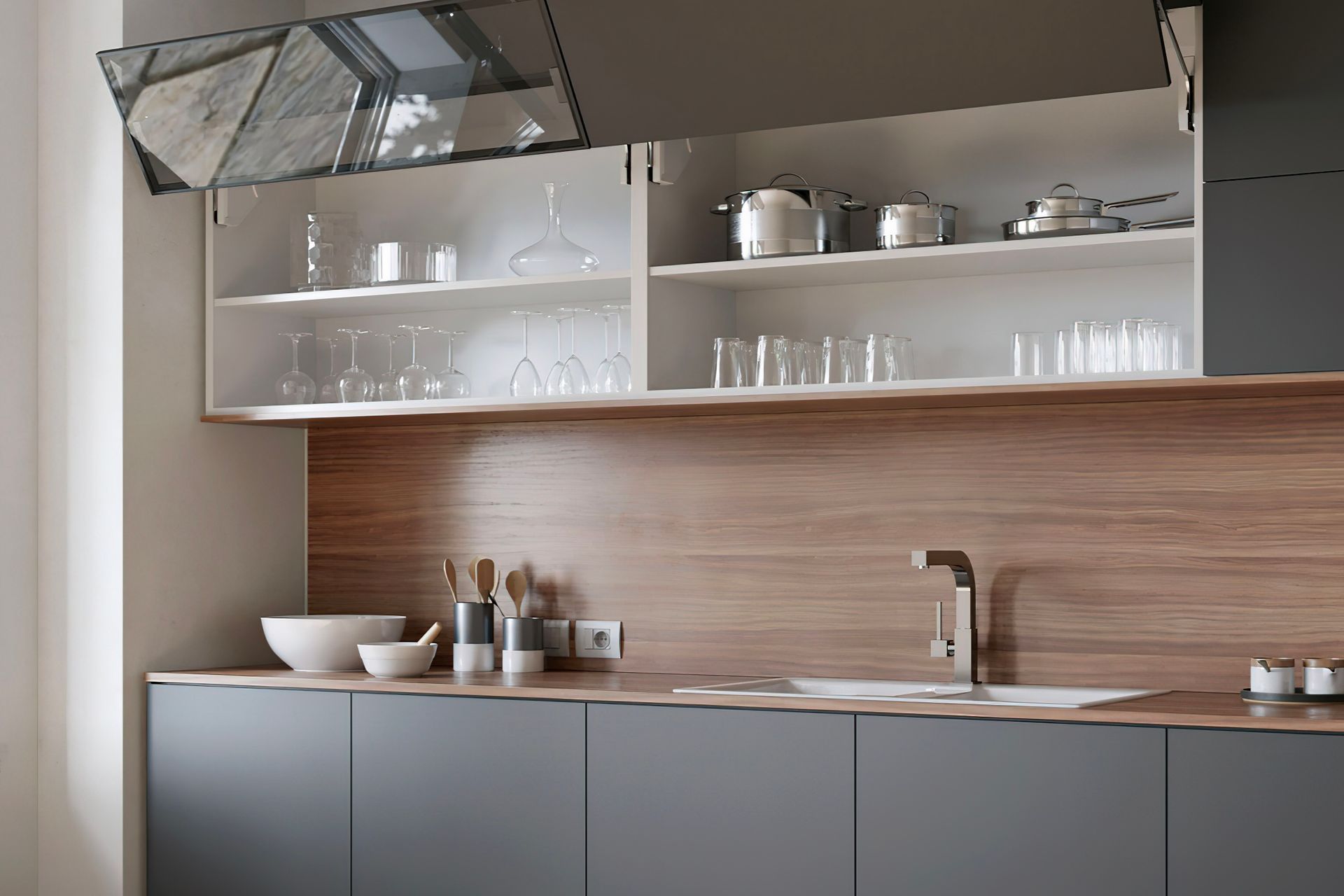
Hardware Specification
In multi-residential kitchens, hardware performance is critical to achieving compliance, durability and long-term operational efficiency. Hinges, runners and fittings are integral to joinery assemblies and therefore represent a key determinant of service life. Failures in these components can lead not only to increased maintenance costs but also to functional limitations that affect accessibility, safety and user satisfaction.
Functional Requirements
- Hinges and drawer runners: Products should be tested to withstand high cycle counts, ideally exceeding 50,000 open–close cycles, to maintain long-term performance over successive tenancy changes.
- Soft-close mechanisms: Reduce wear on cabinetry while also mitigating impact noise in adjacent living or sleeping areas.
- Handles and fixtures: Hardware should be designed for ergonomic use, with AS 1428.1 compliance where accessible units are required. Finishes must demonstrate high resistance to corrosion, scratching and wear.
- Modular systems: Hardware assemblies should allow for individual component replacement without dismantling entire units.
- Locking mechanisms: May be necessary in multi-residential projects with shared facilities or short-term rentals to provide additional security.
Safety And Accessibility
Hardware specification must support residents with diverse accessibility needs. This includes the integration of reinforced cabinetry or wall structures capable of accommodating grab rails, which support ageing-in-place and universal design strategies. Safety features also play an important role in long-term performance and occupant wellbeing. Mechanisms such as anti-slam hinges and child-safety latches not only reduce the risk of injury but also limit mechanical stress on cabinetry, extending the service life of fittings in high-use environments.
Partnering With Nover for Multi-Residential Kitchen Specifications
For architects specifying multi-residential kitchens, the ability to balance durability, compliance and lifecycle efficiency is central to design outcomes. Nover supports this process with a portfolio of surfaces, hardware and modular systems engineered to withstand the demands of high-use environments. Products are backed by verified performance, giving specifiers confidence that selections will meet both regulatory and operational requirements.
By providing centralised supply and standardised product lines, Nover helps ensure consistency across large-scale developments, simplifying procurement, installation and long-term maintenance.
Benefits of Partnering With Nover
- Durable, high-performance products tailored for multi-residential kitchens.
- Wide range of hardware solutions: hinges, drawer systems, lift mechanisms and designer handles built for high-cycle use and long-term reliability.
- Comprehensive surface portfolio: silica-free solid surfaces, moisture-resistant substrates and decorative finishes suited to high-use environments.
- Consistency across projects through centralised supply.
- Standardised lines simplify procurement and maintenance.
- Technical support and documentation for architects.
Nover’s offering is tailored to address the practical challenges of tenancy turnover and intensive daily use. Bench surfaces such as Evostone provide the aesthetic and durability benefits of engineered stone while being silica-free, waterproof and repairable, with a 10-year limited warranty to support whole-of-life performance. For cabinetry systems, Salice Silentia+ hinges and EvoLift opening mechanisms deliver high-cycle reliability, soft-close functionality and adjustability to suit varied unit dimensions. Drawer systems such as Krome Linea and Krome Premium combine slim design with structural strength, smooth synchronised movement and multi-directional adjustment, enabling precise installation and long-term serviceability.
Finishing details also benefit from Nover’s partnerships, with premium handles from Furnipart and Krome offering architects a wide range of styles and finishes to complement both contemporary and classic design intent. Beyond aesthetics, the handles are designed for durability under high-frequency use, with robust coatings and surface treatments that resist corrosion, scratching and wear.
Beyond the products themselves, Nover provides architects with specification documentation, technical manuals and support, ensuring designs translate into compliant, buildable and maintainable outcomes. Partnering with Nover allows specifiers to access a coordinated product suite that reduces lifecycle risks, supports project efficiency and enhances the long-term value of multi-residential developments.
All information provided correct as of September 2025.
